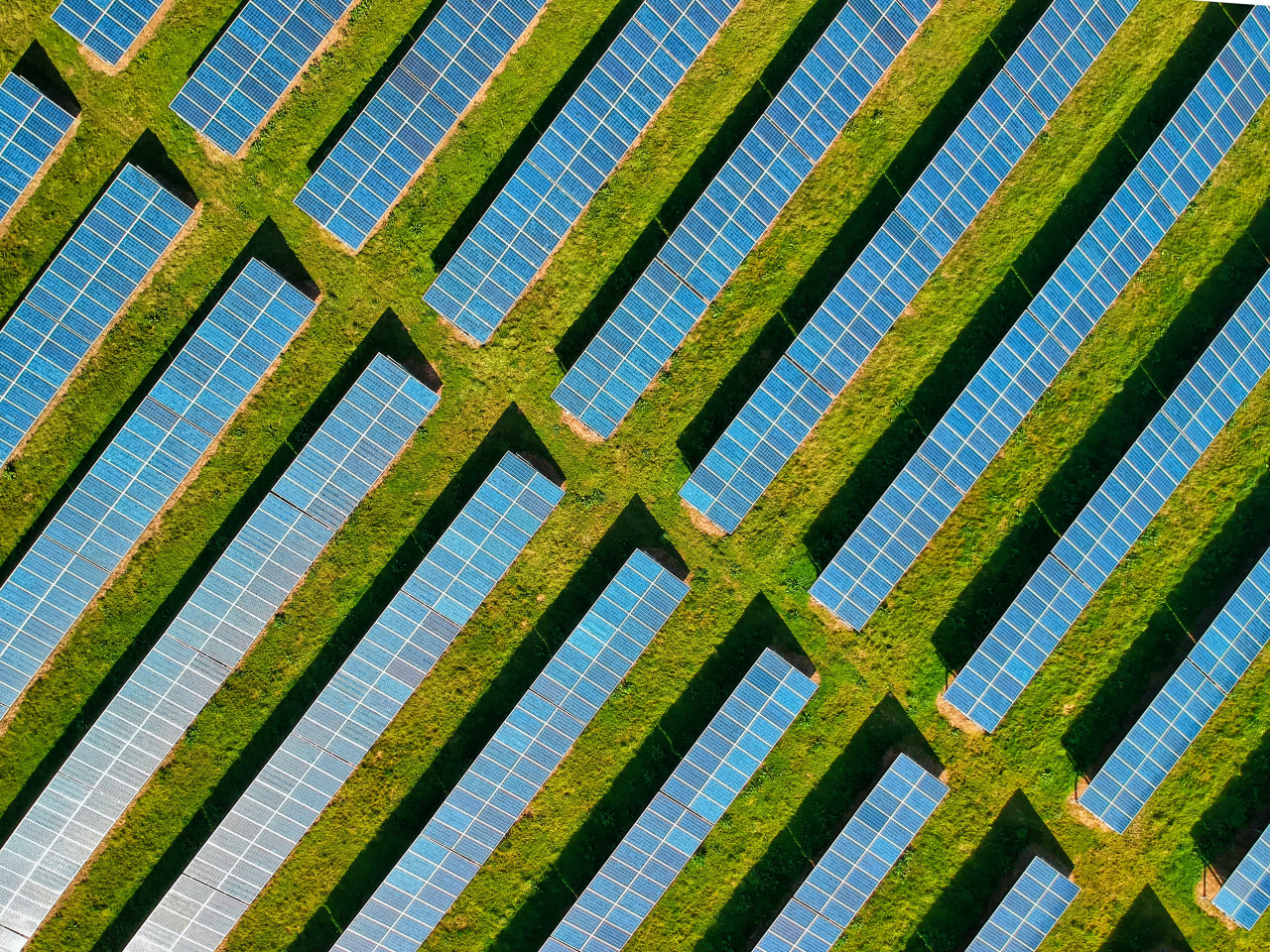India's Ambuja Cements has announced plans to invest ₹6,000 crore in renewable power projects as part of the company's plans to power 60 percent of output from green power. The investment would be funded through internal accruals, the company said without providing further details.
In a release, the Adani Group firm said it would target addition of 1,000 MW to its existing capacity of 84 MW, largely through setting up solar and wind power capacity across Gujarat and Rajasthan. This includes 600 MW of solar power capacity and 150 MW of wind power capacity in Gujarat and 250 MW of solar power capacity in Rajasthan.
The new capacity is expected to be achieved by March 2026, although 200 MW will be operational by March 2024. The additions will help increase the company's total green power capacity to 60 percent of output from the existing 19 percent, the company said.
Ambuja Cements said the green power would reduce the company's power cost from ₹6.46 per kWh to ₹5.16 per kWh for a reduction of ₹1.30 per kWh, or 20 percent. It would also assist in enabling an increased supply of 'green' cement, allowing the construction sector to go green.
The company is also enhancing its Waste Heat Recovery Systems capacity from the current 103 MW to 397 MW over a period of 5 years to further reduce power cost.
Ajay Kapur, CEO, cement business, said, "This strategic investment reaffirms our steadfast commitment to sustainable practices. We are not just aiming for a substantial increase in green power capacity but setting the stage for a transformative shift in the cement industry. They align not only with our growth trajectory but also with the national objective of de-carbonization and greener future and this helps us become competitive and sustainable. The adjacencies within the group will further catalyze benefit realization. With all requisite approvals in place, we are on an accelerated path to not just meet but exceed our committed ESG targets well before our initial timelines."

India studying advanced building materials, wastewater treatment to reduce CO2 footprint -
Read More

